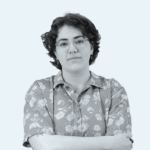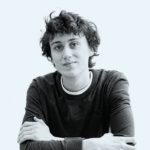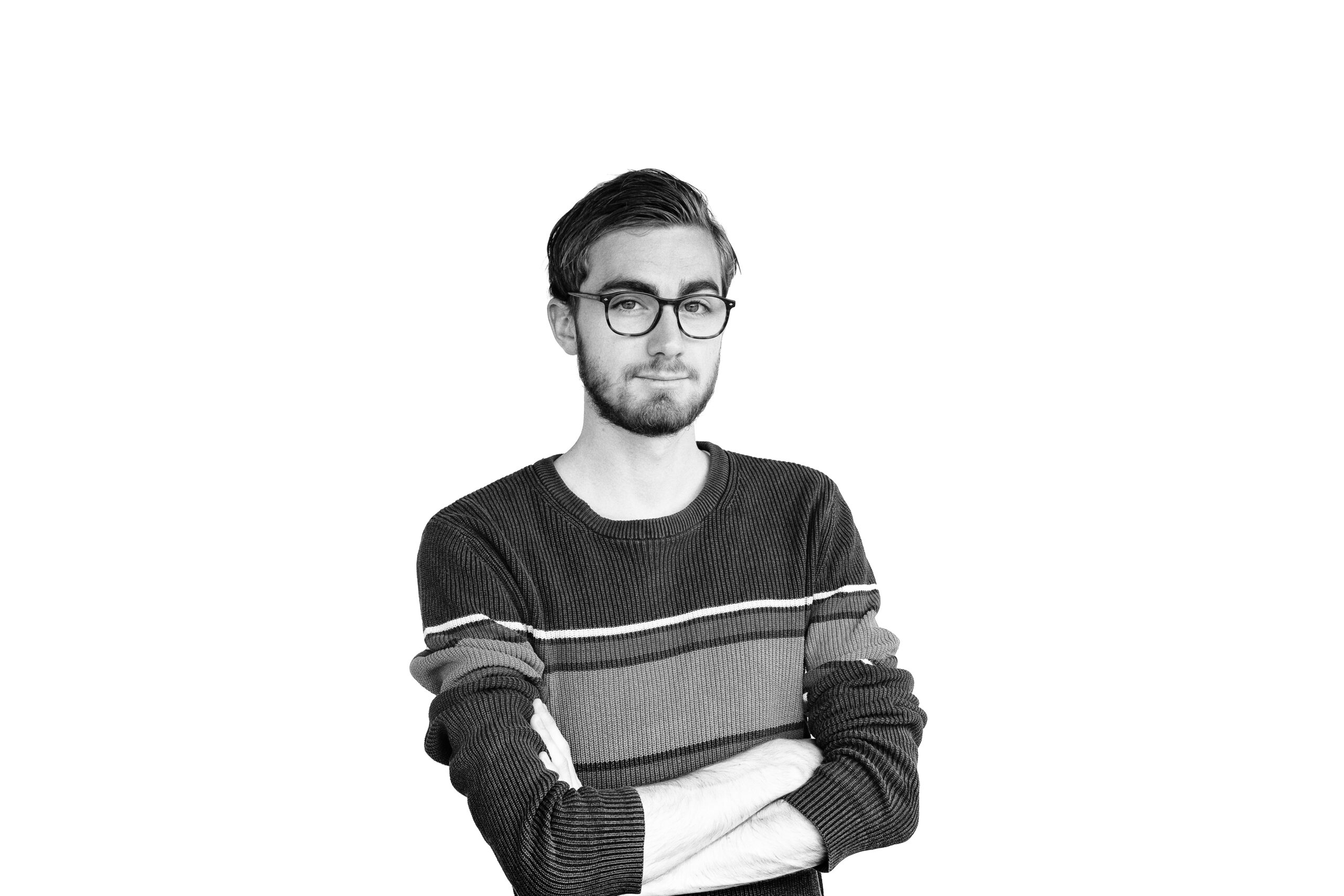I wrote about the tribulations of public transport a month ago. A delayed bus caused me to miss my connection at Rhenen station, and it took me a long time to get to my destination., The alternative, a car, offers unrivalled comfort. For the driver and passengers, that is. To everyone else, the car is a nuisance. Consider, for example, particulates, nitrogen and carbon emissions, a greater impact on public space in popular venues and a greater energy need. Wrapping your body in a thousand kilos of metal is not the most efficient way to get around.
Alternatives that have not made it past the design stage are not visible. The realities currently not in existence have been sacrificed to your current choices. Economists call this the opportunity costs. For example, the amount of parking space on our campus equals nine football fields. The opportunity cost is nine football fields of recreation, nature or education facilities. Or simply nine football fields. It’s a popular sport, after all.
The Action Group New Mobility Wageningen drives the discussion about these alternatives. The group protests against the Beter Bereikbaar Wageningen (Wageningen More Accessible) plan. On Monday, Resource reported on the results of a survey held by the founders: the respondents take issue with the prioritisation of cars in the future accessibility of Wageningen. A justified question the protest group poses is: what values would we like to see reflected in our public space? If these values are safety, climate neutrality and health, the role cars play is small.
The focus is on more cars, not on a train station. While we already have plenty of cars and not a single train station
Part of the new asphalt in the Beter Berikbaar Wagening plan is to serve as a dedicated bus lane, which might suggest a focus on transportation by bus. Still, the focus is on more asphalt, not on a train station. While we already have plenty of asphalt and not a single train station. Moreover, everyone who has travelled to Ede-Wageningen station during rush hour knows that half of the travellers have to stand. Many people would rather stand in a traffic jam than on a bus. Even if said bus drives past the cars on a dedicated bus lane. Come on, make public transport more attractive!
The fundamental question -how can public space be best used- is almost naturally answered from a perspective in which the car is pivotal. It is difficult to broaden this view, as it calls for a different perspective. And I fear this transition will take considerably longer than my transition at Rhenen station.
Steven is doing a Master’s degree in Economics and Policy and enjoys hitting the squash court. He is always up for a game of squash and a good conversation. You can email him here.
Meer columns:
- Column Ilja Bouwknegt: Moving scars

- Column Ananya Doraswamy: Bittersweet

- Column Philip Timmers: Hotel de Ereld


